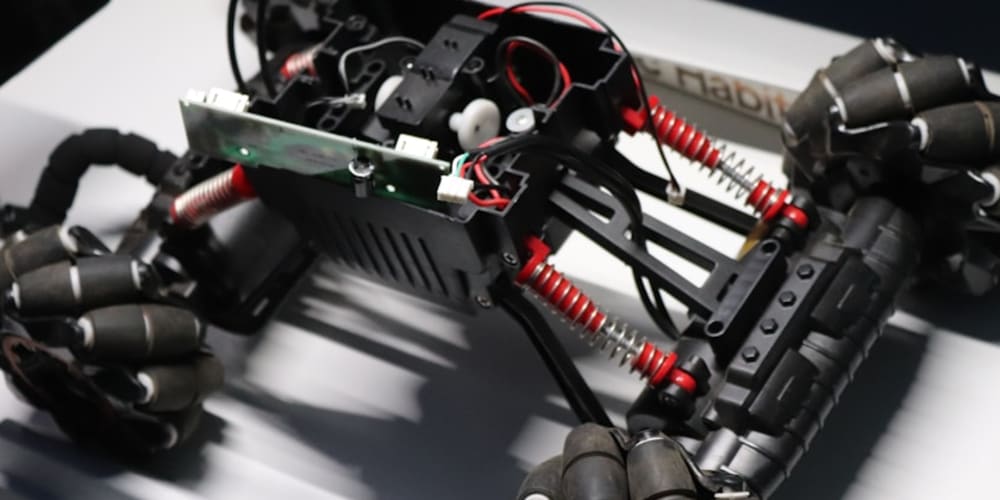In the realm of modern software development, containerization has become a cornerstone technology. Docker and Kubernetes are two of the most prominent tools in this space, often mentioned together yet serving distinct purposes. This article delves into the differences between Docker and Kubernetes, exploring their individual roles and how they complement each other in the development and deployment of applications.
Understanding Docker
Docker is a platform designed to simplify the process of building, shipping, and running applications within containers. Containers are lightweight, portable, and self-sufficient environments that include everything needed to run a piece of software, from the operating system to the application code and dependencies.
Key Features of Docker
Containerization: Docker allows developers to package applications and their dependencies into containers, ensuring consistency across different environments.
Docker Hub: A cloud-based repository for sharing Docker images, enabling easy distribution and collaboration.
Ease of Use: Docker provides a straightforward CLI (Command Line Interface) and an intuitive API, making it accessible for developers of all skill levels.
Portability: Containers can run on any system that supports Docker, whether it’s a developer’s laptop, a data center, or the cloud.
Docker's primary strength lies in its ability to create and manage containers, streamlining the development process by eliminating the "it works on my machine" problem. However, as applications grow and require more complex orchestration, Docker alone may not be sufficient.
Enter Kubernetes
Kubernetes, often abbreviated as K8s, is an open-source platform designed to automate the deployment, scaling, and operation of application containers across clusters of hosts. Originally developed by Google, Kubernetes has become the de facto standard for container orchestration.
Key Features of Kubernetes:
Automated Orchestration: Kubernetes manages the scheduling and deployment of containers across a cluster, ensuring optimal resource utilization.
Self-Healing: Kubernetes automatically restarts failed containers, replaces containers, and kills containers that don’t respond to user-defined health checks.
Scalability: Kubernetes can scale applications up and down based on demand, supporting both horizontal (adding more containers) and vertical (allocating more resources to containers) scaling.
Service Discovery and Load Balancing: Kubernetes provides built-in mechanisms for service discovery and load balancing, simplifying the management of containerized applications.
Declarative Configuration: Kubernetes allows users to declare the desired state of their applications using YAML or JSON files, making the configuration process transparent and version-controllable.
While Docker is excellent for creating and managing individual containers, Kubernetes excels at managing large-scale containerized environments, providing the tools necessary for running applications in production.
Docker vs Kubernetes: Complementary Tools
Rather than being direct competitors, Docker and Kubernetes are often used together, each playing a crucial role in the container ecosystem. Docker handles the packaging and distribution of application containers, while Kubernetes takes on the orchestration and management of those containers.
Complementary Workflow:
Development and Build: Developers use Docker to create container images that encapsulate their applications and dependencies.
Testing and Deployment: These Docker images are then tested in various environments to ensure consistency and reliability.
Orchestration and Management: Once ready for production, Kubernetes orchestrates the deployment of these Docker containers, managing their lifecycle, scaling, and health.
In this workflow, Docker provides the foundation by creating portable, consistent environments, and Kubernetes adds the orchestration layer needed to run these environments at scale.
Conclusion
Docker and Kubernetes each bring unique strengths to the container ecosystem. Docker simplifies the process of creating and managing containers, making it an essential tool for developers. Kubernetes, on the other hand, offers the robust orchestration capabilities needed to run containerized applications in production at scale.
Understanding the distinct roles of Docker and Kubernetes allows organizations to leverage their combined potential effectively, resulting in a streamlined, scalable, and resilient application deployment pipeline. Together, they represent the future of cloud-native development, enabling rapid innovation and efficient management of complex software systems.


















